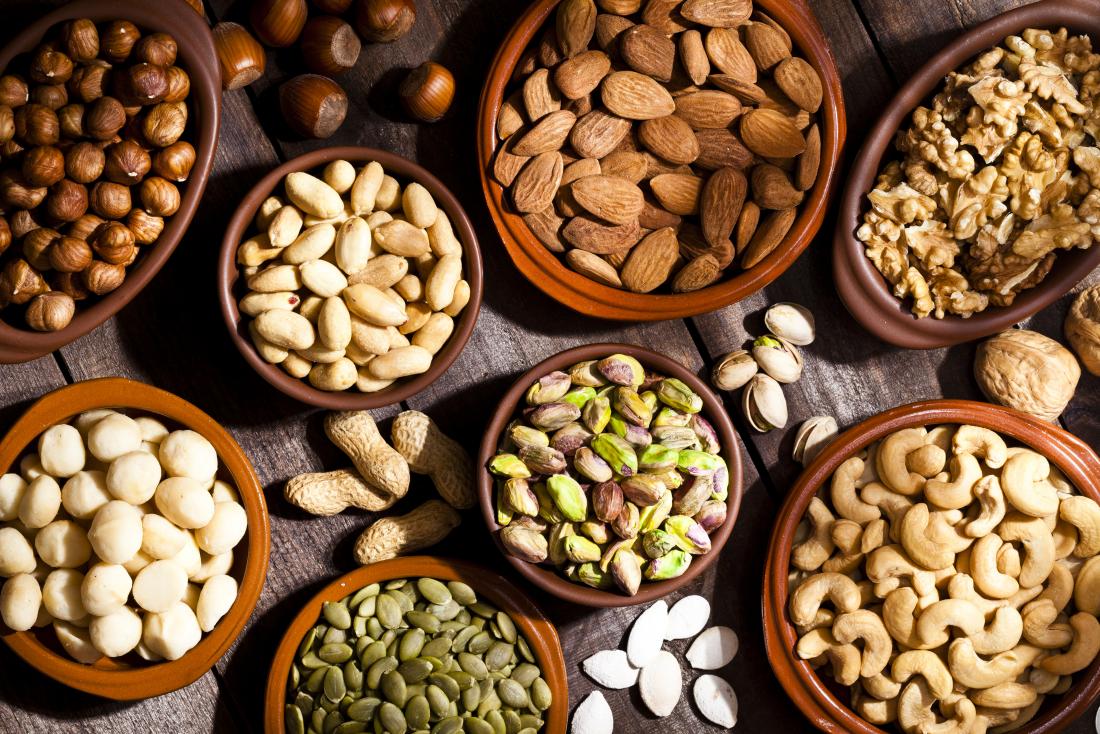Table of Content
Lower-limb compression therapy is systematic in this varicose vein context. Use is made of class 2 calf-high stockings over which are placed class 2 thigh-high stockings. This is equivalent to a class 4 compression of the foot and calf and class 2 of the thigh. This combination is easier to place than class 3 or 4 articles. GingerGinger can help improve circulation and dissolve fibrin in blood vessels. Fibrin is what causes veins to become hard and lumpy.
They can cause discomfort during pregnancy, but with the guidance above, you can get relief. More extensive therapy may be needed if you are not pregnant and develop them. There are available procedures and treatment options to provide you relief.
At-Home Treatment to Ensure You Avoid Vulvar Varicose Pain
The specific region where it occurs in the genitals is the outer part known as the vulvar region. Women who have this during the first pregnancy tend to get it during the second pregnancy also. The combination allows the sclerosant to access the walls of the veins to cause collapse.
During pregnancy, blood more readily circulates throughout the body, specifically around the pelvic area, to accommodate the growing baby. As blood pools in these areas, pressure on the vein walls can cause them to swell, leading to the development of uncomfortable vulvar varicose veins. Having varicose veins in the pelvic region also raises your likelihood of developing vulvar varicosities. This can cause pain in your pelvis and the surrounding region . Aging also makes you more prone to developing varicose veins. As you get older, your veins lose their functional and structural efficiency, leading to decreased blood circulation.
Thermal Ablation Therapy
You may notice that veins are appearing twisted and bulging out from the skin, which is soft and blue or purple. This can help strengthen your veins, improve arterial health and help to fight inflammation. You can also perform pelvic floor exercises in this position to help facilitate blood flow and circulation.

Many women never receive a diagnosis of vulvar varicosities, simply because they cannot see or feel the varicose veins in their vulva. There is a side effect that comes along with this, which causes the blood to pool up in your lower body. As your baby and your body grow, blood flow only continues to be restricted more and more.
What are vulvar varicosities?
Disruption of the vein may predispose one to developing the vulvar varicosities. The valves within the veins ensure unidirectional blood flow, preventing blood flow in the opposite direction. The elevated pressures and increased flow of blood may damage the valves rendering them defective. Since the valves cannot close properly, there could be a backward flow of blood.
Developing this condition while pregnant may have you concerned about childbirth. In addition to visible twisted or swollen veins, another main symptom of vulvar varicosities is a pain in or around the genitals. Phlebectomy remains possible for perineal varices,24 but is little performed because of the good results obtained with sclerotherapy. The same holds true for ligation of the labial or marginal perforating veins with the patient in the lithotomy position after identification by sonography. Vulvar varicosities occur on the labia major and minor. Symptoms of vaginal infections include irritation, itching, and a burning sensation inside the vagina and around the vaginal opening.
What are Vulvar Varicosities & Who’s at Risk?
To help with itching, try taking a bath using a gentle foaming solution without soap and apply a small amount onto your vulva. Doctor-approved information to keep you and your family healthy and happy. Vaginal infections are inflammatory reactions in the vagina mainly caused by the excessive growth of unwanted microbes like candida. Always use it after diluting it with another carrier oil like coconut oil or jojoba oil. Tea tree oil is powerful; hence, care must be taken that undiluted oil should not touch the skin.

This restriction of blood flow is what essentially causes the varicose veins both in the legs and the vulva. Pregnancy is such an exciting time, but unfortunately, that doesn’t mean there won’t be a range of aches, pains, and other side effects. There are many common symptoms that we know can come along with pregnancy. Whether it be nausea, food cravings, lower back pain, or the constant urge to pee, these symptoms are all expected and widely known.
Your provider can make tiny cuts in your skin so that they can access the veins and remove small segments of them. Hemodynamic logic dictates that a high reflux should be treated first. In this regard, our experience seems to favor sclerotherapy, which is not expensive, is simple and confined to the crotch area, as first-line therapy. Currently, we do not have a randomized trial to assess results. It does not carry any particular risks either for the woman or the fetus.
VVs typically fade within a few months of childbirth. Developing the condition outside of pregnancy may require more extensive treatments, but there are several procedures that can help you alleviate your symptoms. Other tests are also available to determine the scope of the condition. For example, your doctor may suspect a larger venous condition, like pelvic congestion syndrome, linked to pelvic varicose veins. In some cases, an ultrasound may be necessary to diagnose VVs.
The technique incorporates the use of cyanoacrylate, which resembles a glue. In the past, doctors used the technique in treating abnormalities of the blood vessels. The procedure does not involve the use of local anaesthetics, burning, or heating. Your physician will inject some little glue into the affected vein causing it to close. Proper hydration is key to a healthy circulatory system. Without enough water each day, you increase your risk of developing issues such as vulvar varicosities.


No comments:
Post a Comment